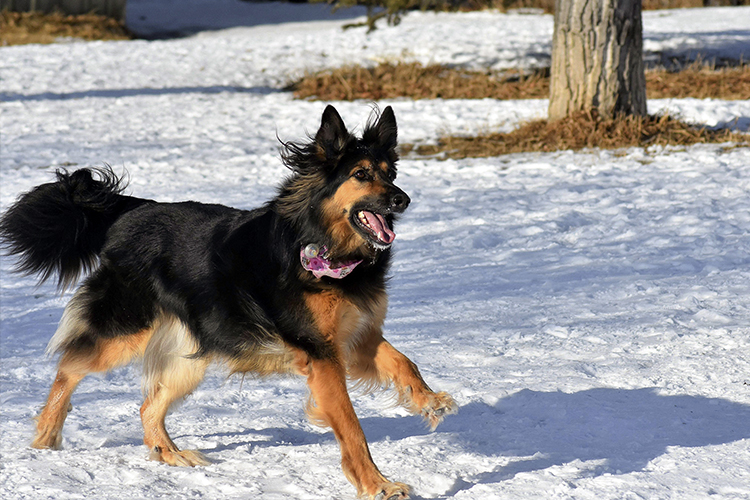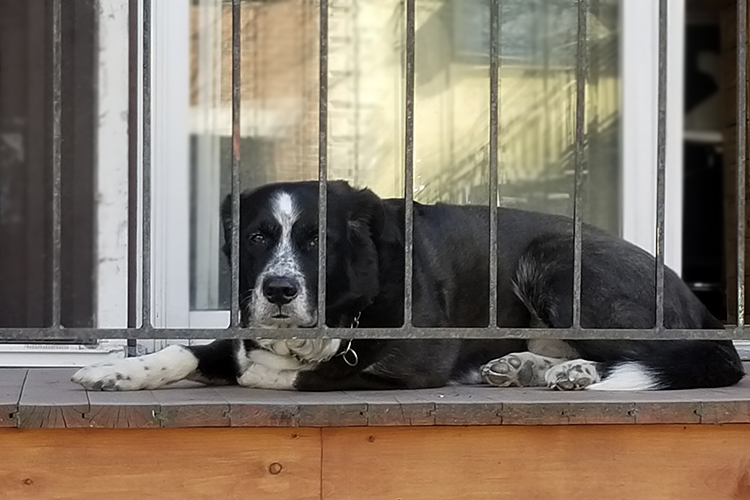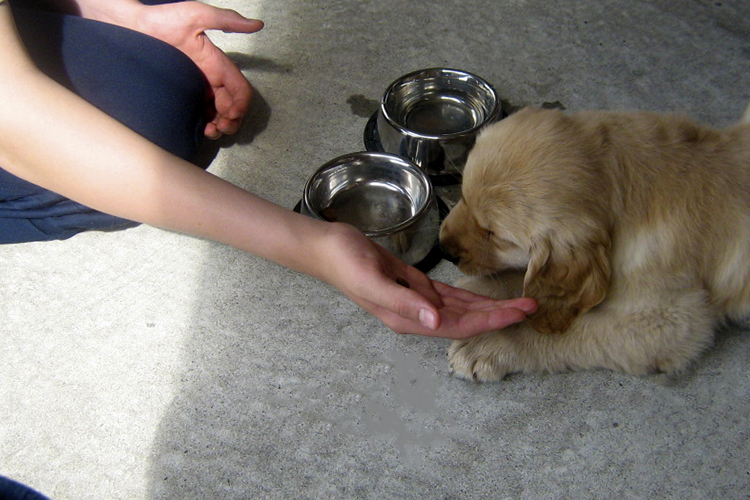BY Thomas-Loucas Voltzenlogel & Tristan McKenna
Quebec’s new Animal Control Act came into effect in March, giving more power to municipalities. And that has some worried about how it will be applied.
“One borough can have some regulations, another one can have their own. It can be a little confusing,” says pitbull owner Gabrielle Moffett.
Montreal has its own regulations, and for now they apply in most municipalities on the island. The city has a public “Register of potentially dangerous dogs” listing every dog that has been subject to complaints.
[slide-anything id=”4075″]
A deeper look at the regulations. Media by Thomas-Loucas Voltzenlogel.
“This registry encourages a bit of a witch hunt. It can only intensify the actual fear [of potentially dangerous dogs],” says Moffett.
That sentiment is shared by Tanya Hage-Moussa, who owns a pitbull mix.
“I think it’s ok to some extent. However, the public doesn’t really need to know all the information. It should be something private,” she says.
Hage-Moussa isn’t worried about the regulations, but how they will be applied.
“I think that the communication is good. Montreal is clear with its explanation. However, the application of the law is missing,” says the dog owner.

Many dogs are left to roam free in Montreal’s parks, but it can make people nearby uneasy. Photo by Caitlin Yardley.
Sylvain Leclerc, Communications officer for Outremont, says there is a system in place to implement the law.
“The K9 patrol isn’t present in every borough,” he says. “For Outremont, public security are the first to intervene. Then we have the K9 Patrol which would take the dog to the SPCA. That’s the Montreal procedure, however it might not be that easy everywhere.”
The muzzles are now mandatory for all “potentially dangerous dogs.” But according to Gillian Puchois, who trains Husky’s as sled dogs, muzzles shouldn’t be mandatory.
“The muzzle is a useful tool in training, but beyond that is exaggeration,” she says.
That feeling is shared by Mayssa Lalmi, a dog walker for the SPCA. She says the muzzle can be a good thing if used properly.
“The muzzle is a good tool if it’s introduced in the right way, as positive reinforcement for the dog,” she says.
For Hage-Moussa, there is no need to impose a muzzle, however, even though her dog is not considered potentially dangerous, using it can be reassuring.
“I’ve already thought about muzzles. It’s like a tool. Sometimes that can reassure the people around when i’m walking my dog. It’s also a way to avoid any accidental bites,” she says.

Some feel that imposing muzzles on dogs can be restrictive like behind bars. Photo by Cristina Sanza.
Montreal’s by-law also calls for putting down dogs that have been judged “dangerous.” However, in 2018, only 13 of 24 dangerous dogs were actually put down. A lack of follow-up allowed the other owners to disappear with their dogs.
Puchois thinks the bylaw is poorly targeted and should punish owners instead.
“A dog evolves, it changes. Euthanasia is a rather drastic, severe decision,” he says. “If the masters know that their dogs are dangerous and they do nothing, it’s the master who is dangerous to the public, not the dog.”
But Moffett disagrees.
“If a dog killed a human than yes, he should be euthanized,” she says.

Training dogs from a young age is key for their future behaviour. Photo by Cristina Sanza.
One thing that neither by-law covers is educating owners on how to properly train and care for their animals.
“Being educated should be a basic condition to have a dog,” says Hage-Moussa.
For Moffett, Montreal should follow Switzerland’s example where, until 2017, it was mandatory for all new dog owners to take theoretical and practical courses on dog behaviour.
Some insight on dog training. Video by Tristan McKenna.
With both Quebec and Montreal now having animal control bylaws, municipalities on the island will have to choose how they want to apply the new rules. One thing that has been left out is any sort of breed-specific ban or regulations. And that’s something that is getting high marks from owners.
As Hage-Moussa puts it, “You shouldn’t judge a dog by its appearance.”




